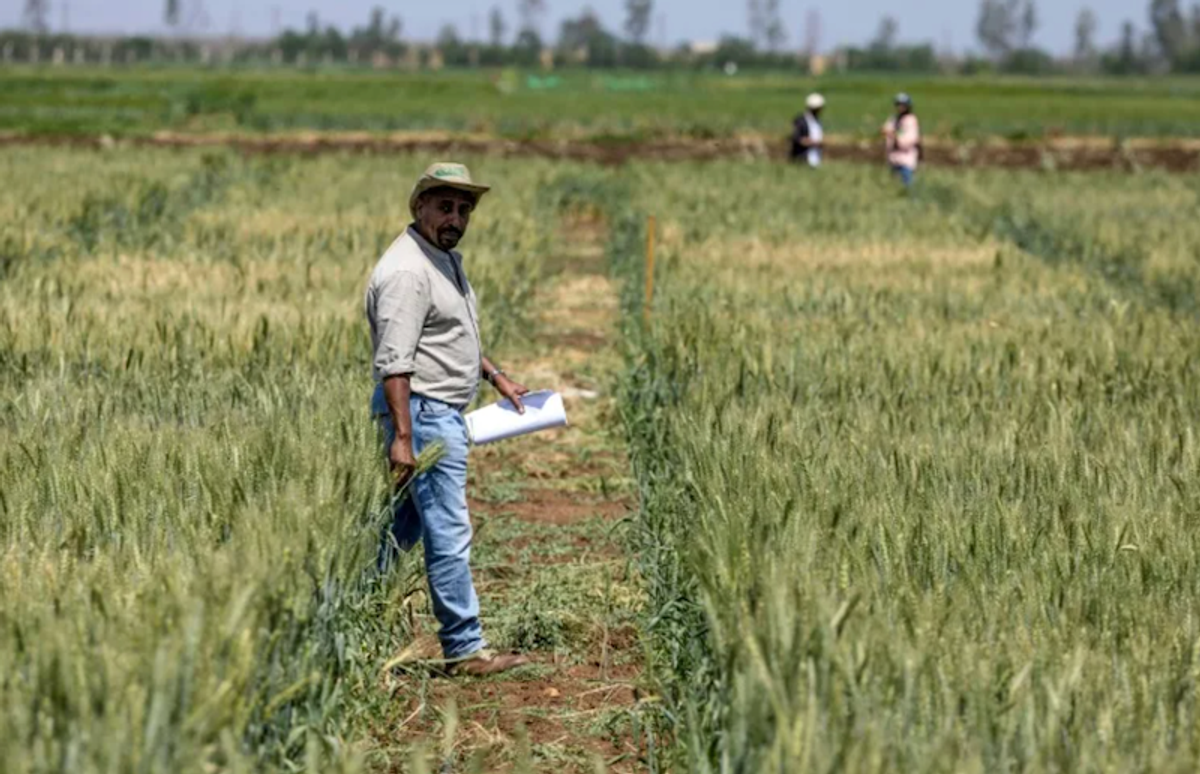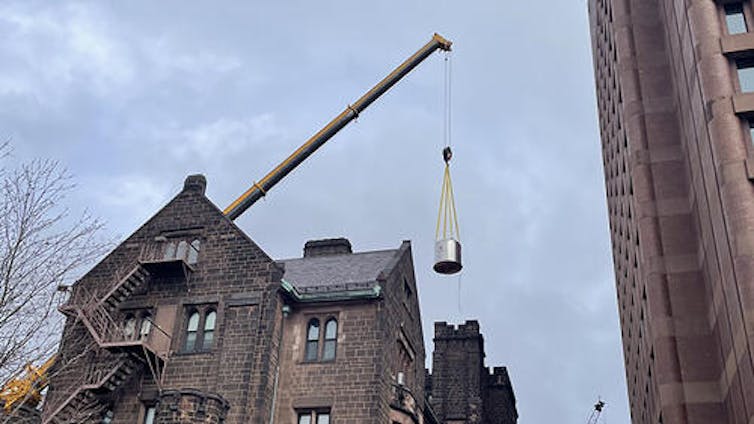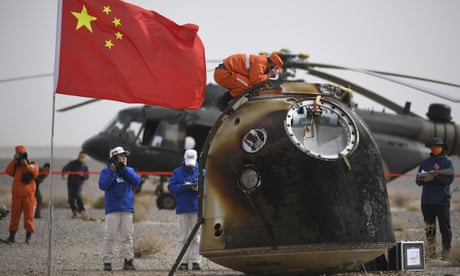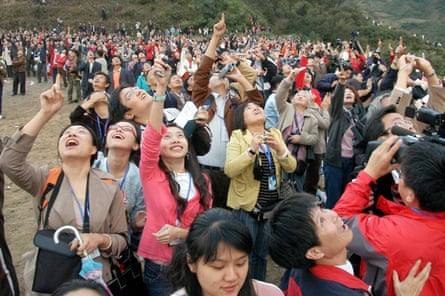States Newsroom
May 4, 2024

Police Tape (AFP)
WASHINGTON — States and local organizations that aid victims of sexual assault and other crimes are raising the alarm about a multi-year plunge in funds, a major problem they say Congress must fix soon or programs will be forced to set up wait lists or turn victims away altogether.
Affected are rape crisis centers, domestic violence shelters, child advocacy centers and more that serve millions of Americans and can’t necessarily rely on scarce state or local dollars to keep the doors open if federal money runs short.
The problem has to do with a cap on withdrawals from the federal crime victims fund, put in place by Congress years ago in an earlier attempt at a solution.
Under the cap, how much money is available every year is determined by a complex three-year average of court fees, fines and penalties that have accumulated — a number that has plummeted by billions during the past six years. The fund does not receive any taxpayer dollars.
National Children’s Alliance CEO Teresa Huizar said in an interview with States Newsroom that child advocacy centers, which help connect children who have survived sexual or domestic abuse to essential services, have no fat left to trim in their budgets.
“What children’s advocacy centers are really looking at now are a set of extremely hard choices,” Huizar said. “Which kids to serve, which kids to turn away? CACs that have never had to triage cases previously, now will have to. CACs that have never had a waitlist for mental health services will now have long, lengthy waitlists to get kids in for therapy.”
“I mean, imagine being a kid who’s been sexually abused and being told you’re going to have to wait six months to see a counselor,” Huizar added. “It’s terrible.”
New Hampshire Democratic Sen. Jeanne Shaheen, chairwoman of the spending panel that sets the cap every year based on the dwindling revenue, and Kansas Republican Sen. Jerry Moran, the subcommittee’s ranking member, both indicated during brief interviews with States Newsroom that a fix is in the works, but declined to provide details.
“There is an effort to address that and we’re in the process of doing that, but in the meantime there’s not as much money there,” Shaheen said.
Fund goes up and down by billions every year
Congress established the crime victims fund in 1984 when it approved the Victims of Crime Act. Its funding comes from fines, forfeited bonds and other financial penalties in certain federal cases.
The money flowing into the fund fluctuates each year, making it difficult for the organizations that apply for and receive grant funding to plan their budgets. Congress hoped to alleviate those boom-and-bust cycles by placing the annual cap on how much money can be drawn from the crime victims fund.
But that cap has sharply decreased recently, causing frustration for organizations that rely on it and leading to repeated calls for Congress to find a long-term solution.
The cap stayed below $1 billion annually until fiscal year 2015, when it spiked to $2.3 billion before reaching a high of $4.4 billion in fiscal year 2018.
The annual ceiling then dropped by more than $1 billion, starting the downward trend, according to a report from the Congressional Research Service and data from the Department of Justice.
The cap was set at $2 billion in fiscal year 2021 before rising to $2.6 billion in fiscal 2022 and then dropping to $1.9 billion in fiscal 2023.
Congress set the cap on withdrawals at $1.2 billion for fiscal 2024 when it approved the latest round of appropriations in March, and states and localities have reacted with concern at the prospect of such a dramatic cut. In Iowa, for example, where the state receives $5 million a year, the potential loss of funding posed a major question as legislators wrote their budget for judicial services.
Rep. Brian Lohse, R-Bondurant, said on the House floor before the end of session that lawmakers may have to step in with funding next year if the federal shortfall isn't fixed.
“It’s our intention that if the federal government doesn’t come through, that we will provide emergency funding as quickly as possible when we convene next January,” Lohse said. “So I hate to say it’s a ‘wait and see what happens,’ but that, at this point, is where we’re at. And we’re very hopeful the federal government will come through and replace the funding that they had promised.”
May 4, 2024

Police Tape (AFP)
WASHINGTON — States and local organizations that aid victims of sexual assault and other crimes are raising the alarm about a multi-year plunge in funds, a major problem they say Congress must fix soon or programs will be forced to set up wait lists or turn victims away altogether.
Affected are rape crisis centers, domestic violence shelters, child advocacy centers and more that serve millions of Americans and can’t necessarily rely on scarce state or local dollars to keep the doors open if federal money runs short.
The problem has to do with a cap on withdrawals from the federal crime victims fund, put in place by Congress years ago in an earlier attempt at a solution.
Under the cap, how much money is available every year is determined by a complex three-year average of court fees, fines and penalties that have accumulated — a number that has plummeted by billions during the past six years. The fund does not receive any taxpayer dollars.
National Children’s Alliance CEO Teresa Huizar said in an interview with States Newsroom that child advocacy centers, which help connect children who have survived sexual or domestic abuse to essential services, have no fat left to trim in their budgets.
“What children’s advocacy centers are really looking at now are a set of extremely hard choices,” Huizar said. “Which kids to serve, which kids to turn away? CACs that have never had to triage cases previously, now will have to. CACs that have never had a waitlist for mental health services will now have long, lengthy waitlists to get kids in for therapy.”
“I mean, imagine being a kid who’s been sexually abused and being told you’re going to have to wait six months to see a counselor,” Huizar added. “It’s terrible.”
New Hampshire Democratic Sen. Jeanne Shaheen, chairwoman of the spending panel that sets the cap every year based on the dwindling revenue, and Kansas Republican Sen. Jerry Moran, the subcommittee’s ranking member, both indicated during brief interviews with States Newsroom that a fix is in the works, but declined to provide details.
“There is an effort to address that and we’re in the process of doing that, but in the meantime there’s not as much money there,” Shaheen said.
Fund goes up and down by billions every year
Congress established the crime victims fund in 1984 when it approved the Victims of Crime Act. Its funding comes from fines, forfeited bonds and other financial penalties in certain federal cases.
The money flowing into the fund fluctuates each year, making it difficult for the organizations that apply for and receive grant funding to plan their budgets. Congress hoped to alleviate those boom-and-bust cycles by placing the annual cap on how much money can be drawn from the crime victims fund.
But that cap has sharply decreased recently, causing frustration for organizations that rely on it and leading to repeated calls for Congress to find a long-term solution.
The cap stayed below $1 billion annually until fiscal year 2015, when it spiked to $2.3 billion before reaching a high of $4.4 billion in fiscal year 2018.
The annual ceiling then dropped by more than $1 billion, starting the downward trend, according to a report from the Congressional Research Service and data from the Department of Justice.
The cap was set at $2 billion in fiscal year 2021 before rising to $2.6 billion in fiscal 2022 and then dropping to $1.9 billion in fiscal 2023.
Congress set the cap on withdrawals at $1.2 billion for fiscal 2024 when it approved the latest round of appropriations in March, and states and localities have reacted with concern at the prospect of such a dramatic cut. In Iowa, for example, where the state receives $5 million a year, the potential loss of funding posed a major question as legislators wrote their budget for judicial services.
Rep. Brian Lohse, R-Bondurant, said on the House floor before the end of session that lawmakers may have to step in with funding next year if the federal shortfall isn't fixed.
“It’s our intention that if the federal government doesn’t come through, that we will provide emergency funding as quickly as possible when we convene next January,” Lohse said. “So I hate to say it’s a ‘wait and see what happens,’ but that, at this point, is where we’re at. And we’re very hopeful the federal government will come through and replace the funding that they had promised.”
A better fix sought
Congress approved legislation in 2021 to increase the types of revenue from federal court cases moving into the crime victims fund, but advocates say a longer-term answer is needed.
Huizar said the National Children’s Alliance and prosecutors, as well as organizations that combat domestic and sexual violence, have been urging Congress to fix the funding stream or supplement it to provide stability and consistency.
“Now is the time for Congress to turn urgent attention to this issue if they do not want the safety net for kids and families and serious crime victims to just fall apart,” Huizar said.
A bipartisan group of lawmakers — Reps. Stephanie Bice, R-Okla., Jim Costa, D-Calif., Debbie Dingell, D-Mich., Nathaniel Moran, R-Texas and Ann Wagner, R-Mo. — have introduced legislation that would move unobligated funds collected from entities that defraud the federal government under the False Claims Act to the crime victims fund. The act is a main tool the federal government uses to fight fraud.
That bill is not a long-term solution, but a “temporary infusion of resources,” according to a summary released by lawmakers.
As for the Senate appropriators, Moran said he and others on the spending subcommittee “are waiting for the Judiciary Committee’s examination of the issue, so that we can take the authorizers’ suggestions and take them into account when we appropriate.”
Josh Sorbe, a spokesperson for the Senate Judiciary Committee, chaired by Illinois Democratic Sen. Dick Durbin, wrote in a statement the “sustainability of the CVF is extremely important, as evidenced by Senator Durbin’s work on the VOCA Fix that passed in 2021, and we continue to work with our colleagues and survivor advocates and service providers to examine further ways to strengthen the CVF.”
Shaheen’s office did not provide details about what changes may be in the works, following multiple requests from States Newsroom.
Should taxpayer dollars be tapped?
National District Attorneys Association President Charles Smith said his organization supports the House bill, but noted one problem with the short-term fix is that the crime victims fund would be last in line to get the additional revenue.
“I believe that the government gets their money first, the whistleblower second and then we’re in kind of third place there,” Smith said.
One struggle over the fluctuating revenue and available funding, Smith said, is debate about whether taxpayer dollars should be used to offset low balances.
“We need to set a number that everybody’s happy with, so to speak, and fund it through these available sources,” Smith said. “But if there’s a deficit, there needs to be some mechanism in place for it to come out of the general fund.”
The crime victims fund is essential for witness coordinators and victims assistance coordinators in prosecutors’ offices as well as other services for people who survive crimes.
“They’re critical for the well-being of the victim and a lot of times they are critical for the witness even showing up and testifying,” said Smith, who also is the state’s attorney for Frederick County, Maryland.
The organizations that support crime victims, like child advocacy centers, domestic violence shelters and rape crisis centers, are crucial to prosecutors, Smith said.
“Not only are we directly impacted by a loss of staffing and loss of resources, but a lot of the partner agencies that we rely on collaborating with are going to be hurt as well,” Smith said of the reduction to the funding cap.
‘Real alarm’ in states
Karrie Delaney, director of federal affairs for the Rape, Abuse & Incest National Network, said the slowdown of court cases during the COVID-19 pandemic and the last administration not prosecuting as many corporate cases has impacted the fund more than usual.
RAINN is the country’s largest anti-sexual-violence organization. It operates the National Sexual Assault Hotline (800-656-HOPE) alongside local organizations and runs the Defense Department’s Safe Helpline. It “also carries out programs to prevent sexual violence, help survivors, and ensure that perpetrators are brought to justice,” according to its website.
“I think what’s important from RAINN’s perspective is the actual impact that those fluctuations have on the survivors that we support and organizations and service providers across the country,” Delaney said.
When the federal cap decreases, she said, organizations that support crime victims often turn to state and local governments to make up the gap. And a lot of the times there aren’t enough funds to do that.
“What we’ve seen across the states is real alarm that the cuts coming down are not just impacting the ability of these organizations to offer certain services, but to really keep their doors open,” Delaney said.
Child advocacy centers, domestic violence shelters and rape crisis centers, Delaney added, are the “real boots on the ground organizations that are helping people in times of very active crisis that are at risk of seeing their programs drastically cut to the point where service is placed in jeopardy.”
If you are a victim of crime, there are toll free, text and online hotlines available. A list from the Office for Victims of Crime is here. You can also find help in your state here.
Iowa Capital Dispatch is part of States Newsroom, a nonprofit news network supported by grants and a coalition of donors as a 501c(3) public charity. Iowa Capital Dispatch maintains editorial independence. Contact Editor Kathie Obradovich for questions: info@iowacapitaldispatch.com. Follow Iowa Capital Dispatch on Facebook and Twitter.



















